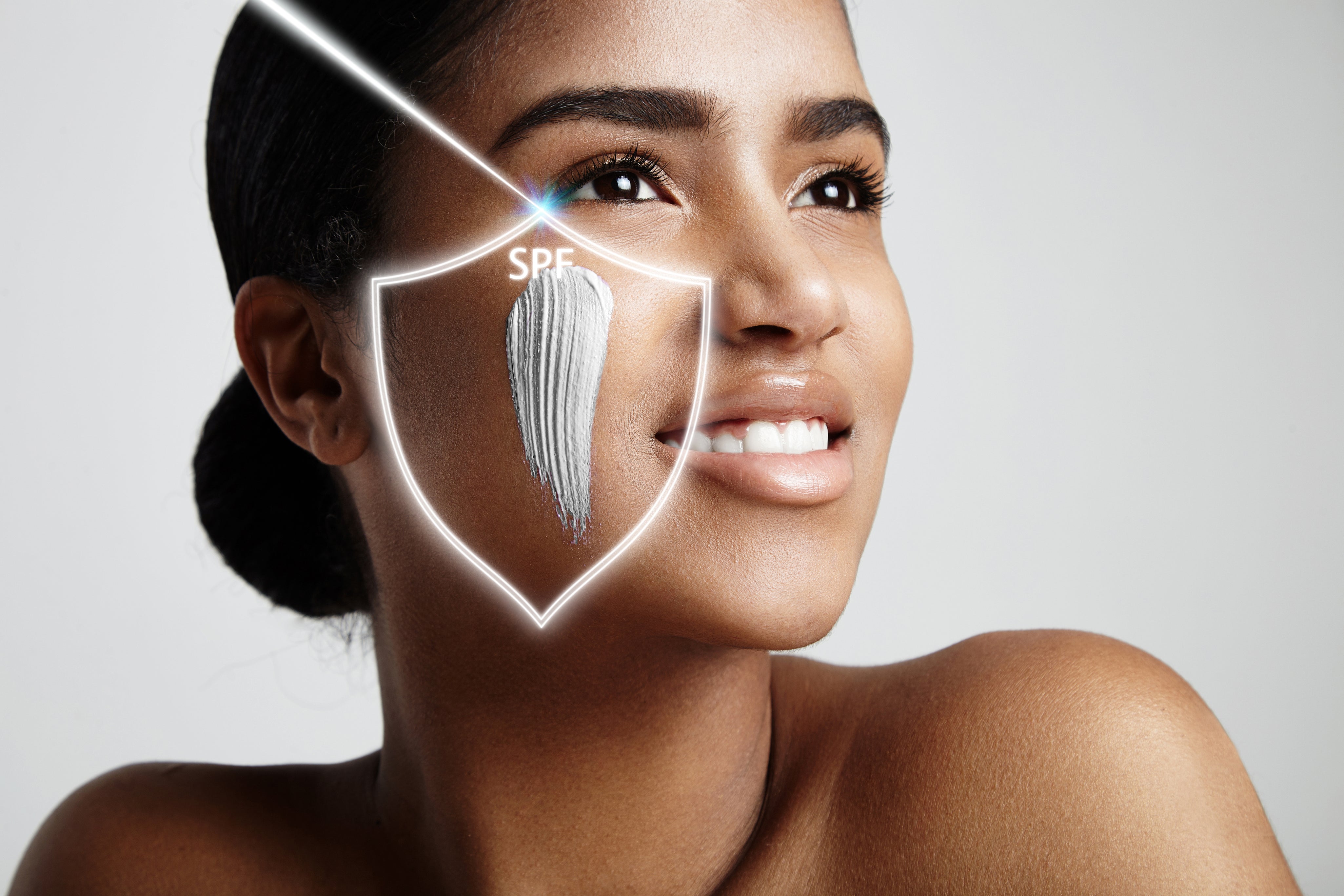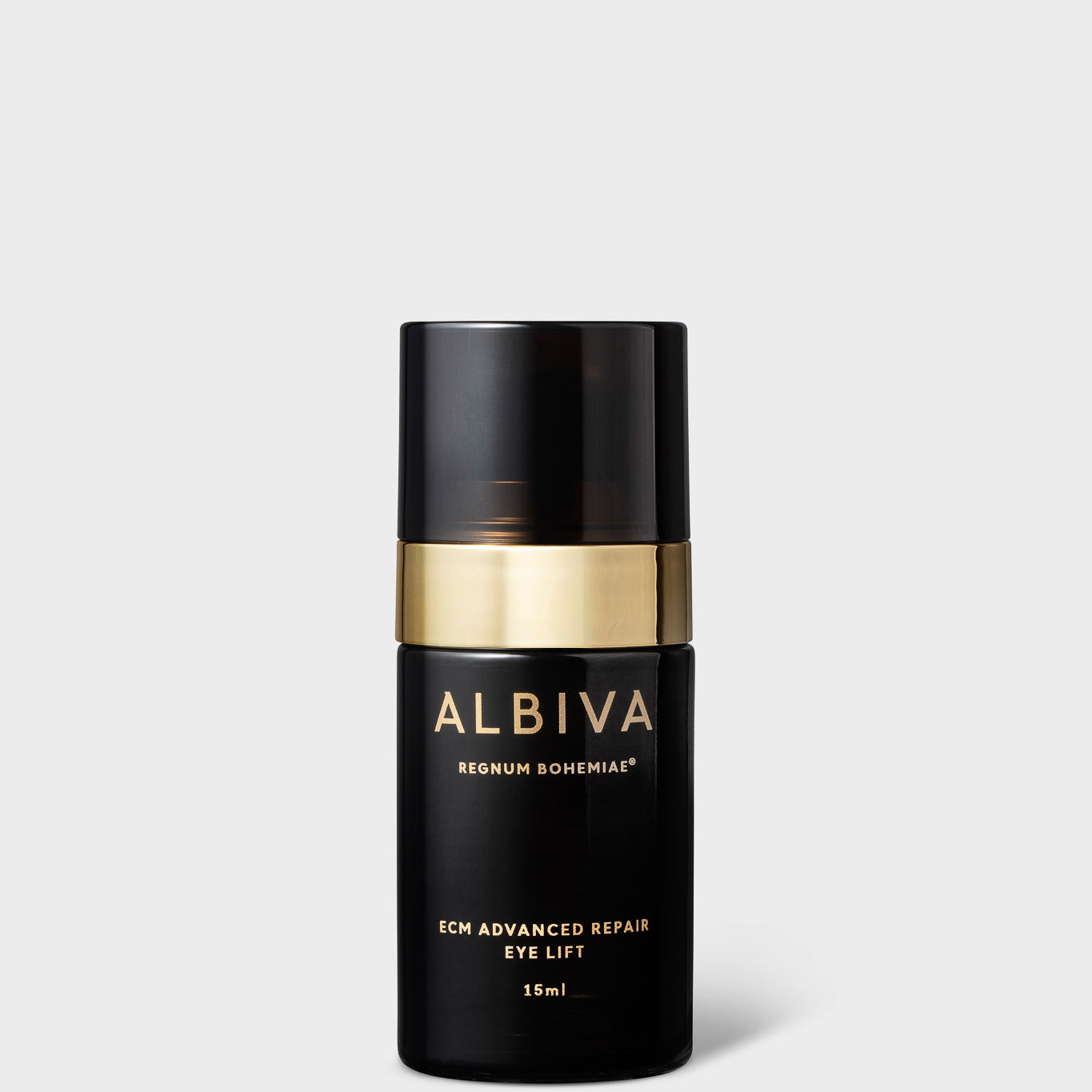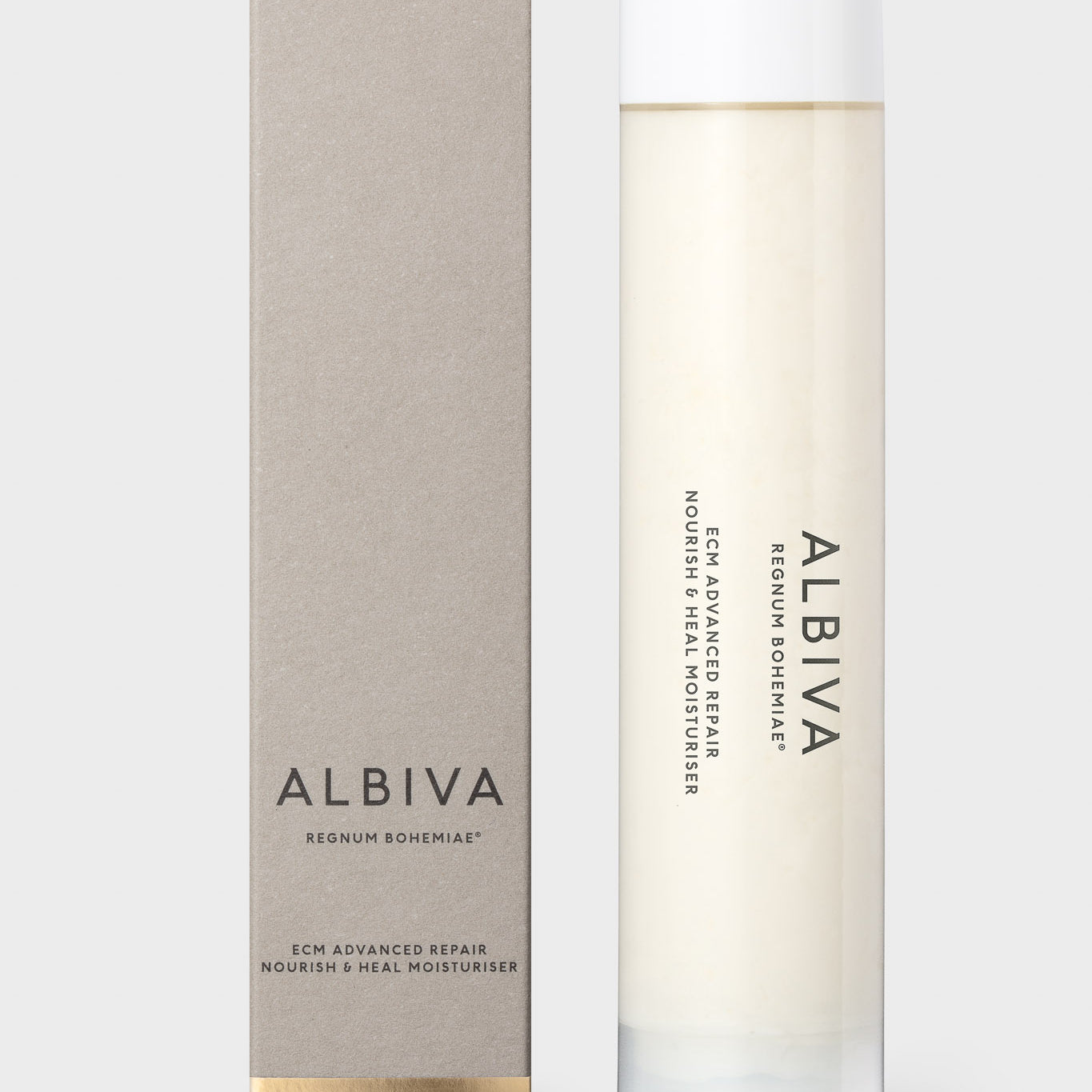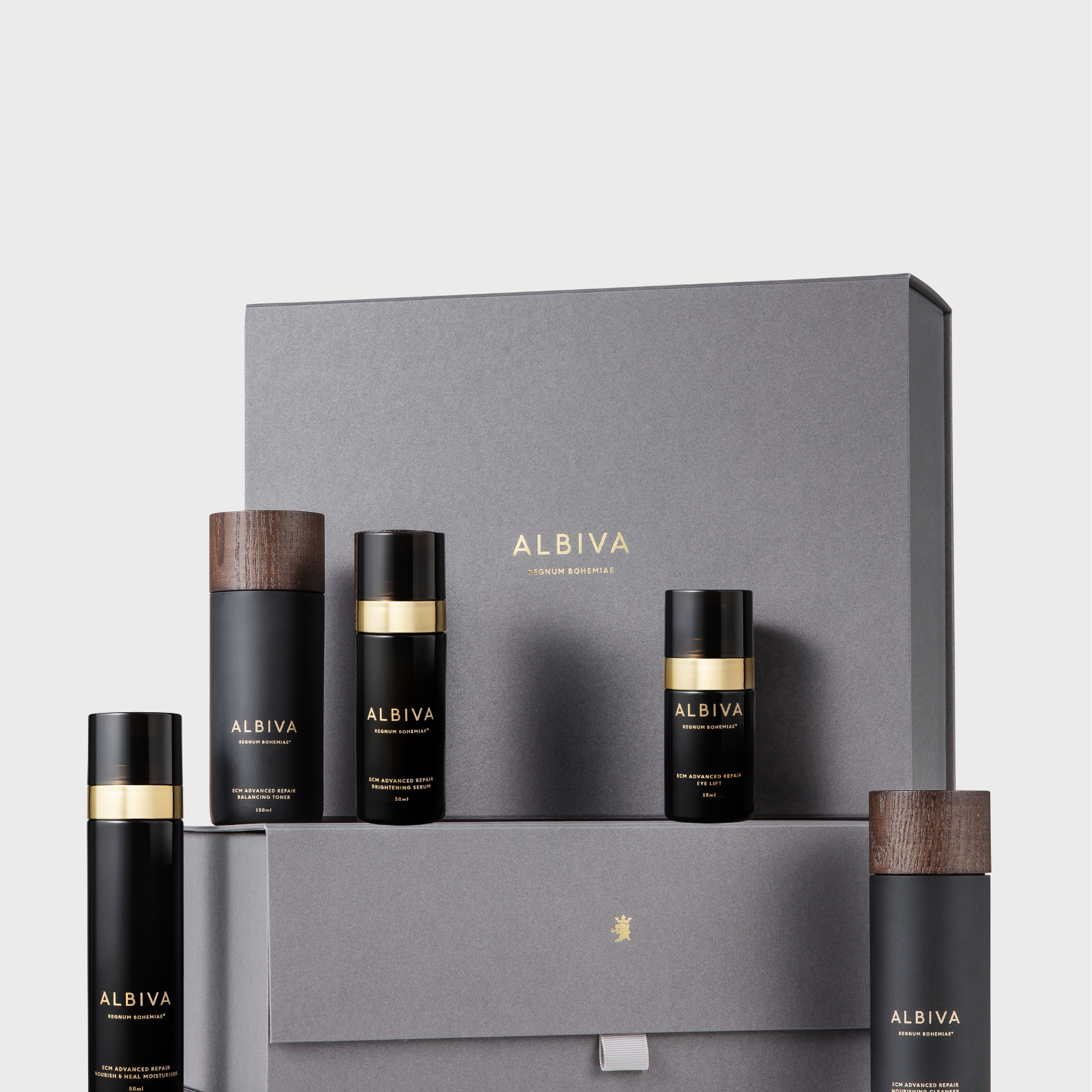SUN PROTECTION: WHY ARE WE STILL GETTING IT WRONG?

May is Skin Cancer Awareness Month, a time to highlight the importance of protecting our skin and understand the signs and symptoms of skin cancer. As with all skin cancers, exposure to UV light is the common cause.
With skin cancer cases rising exponentially year on year, how can we still be getting it wrong?
Beyond Sunscreen
There is more to sun protection than sunscreen, your skin protection strategy should also include seeking shade and covering up with clothing, including wide-brimmed hats and UV-blocking sunglasses. Therefore, the question should be: “What is the best overall strategy to protect my skin?” It’s important not to rely on high-SPF sunscreens alone.
SPF stands for sun protection factor, and while many know that a larger number means more protection, most people don’t know what the number actually means.
Here is a brief roundup of basic misconceptions, myths & tips.
Misconceptions
- Although sunscreen is a crucial step in UV protection, we must consider the proper way to use the product:
- applied amount (To get the labelled SPF, you need to apply 2 mg/cm²). On average, people apply only a quarter to a half of the recommended amount!
- regularity of reapplication (Apply sunscreen 20-30 minutes before solar exposure, reapply every 2 hours and after swimming or sweating).
- areas we are covering (The common sites for skin cancer & sun damage that may surprise you are: hairline, top of ears, neck, back of hands, around eyes & on the legs)
Myths
- Higher SPF does NOT mean longer protection from the sun (SPF does not measure how long a product protect you from the sun but how well it does so.)
- SPF effect is not cumulative – wearing an SPF 20 moisturiser and an SPF 30 foundation does not equal SPF 50. You are only protected up to the limit of the highest number.
- Windy, cloudy or cool days? UV radiation is not weather dependant. It can penetrate light clouds - reflective surfaces like snow, sand and water can double the amount of UV you receive.
- Regardless of skin type, even people that are less likely to burn can still receive enough UV exposure to risk developing skin cancer.
- Sunscreen use does not compromise vitamin D synthesis, even when applied under optimal conditions.
Tips
- Don’t mix your sunscreen with anything else before you apply it.
- Using a topical antioxidant serum/moisturiser can enhance benefits of your sunscreen by tackling free radicals that are released in skin by UV exposure.
- SPF factors are based on two-to-five times more sunscreen than people actually use. Make sure you are applying (and re-applying) enough to all exposed areas.
- Sunscreens with higher SPF do not last or remain effective on the skin any longer than lower SPF.
- High SPF can create a false sense of security. People who use them tend to stay out in the sun much longer or skip reapplying.
- Get to know your skin and check moles/spots regularly.
Only you know if something doesn’t “look right.” Seek the care of your doctor if a mole or spot on the skin is changing in size, shape, or colour or if it is itching, bleeding, or growing.
Skin health is the most important consideration in my products and formulations. After-all, you can’t have beautiful skin without healthy skin.
Stay safe,
Ivana x






